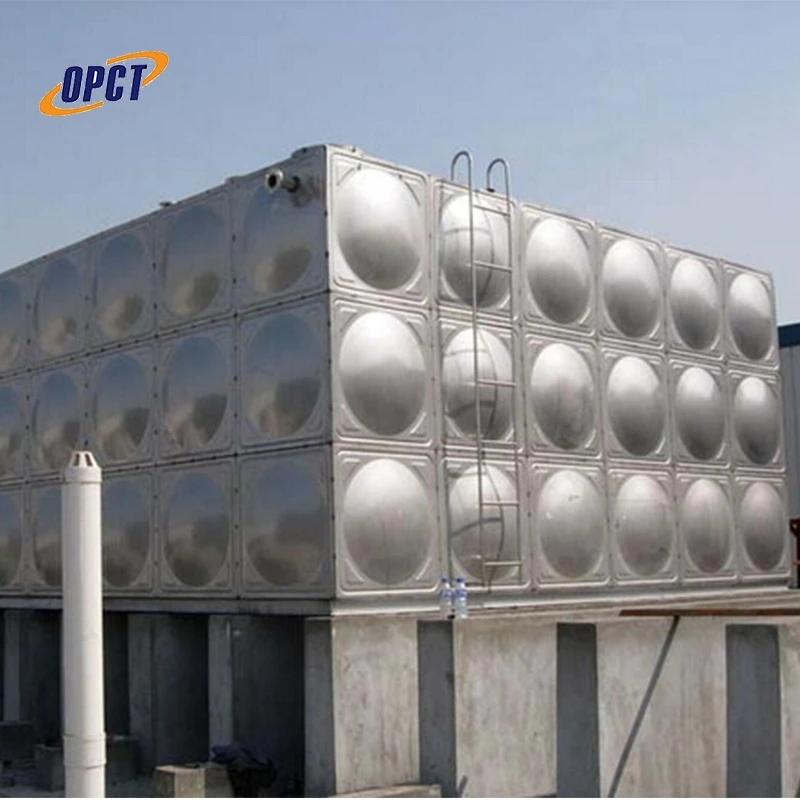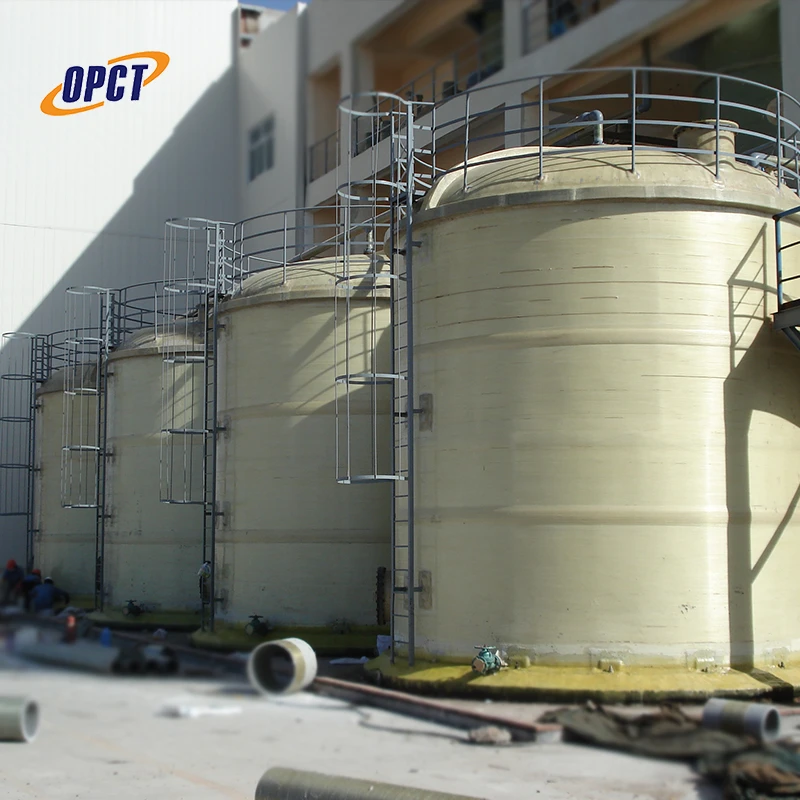In the industrial sector, the demand for durable and efficient materials has surged remarkably, particularly in fluid management systems. Among the array of solutions available, GRP (Glass Reinforced Plastic) flanges have emerged as a highly effective option. GRP flanges are widely adopted across various industries due to their robustness, corrosion resistance, and lightweight characteristics—qualities that are highly prized in setups where performance and longevity are critical.

When you delve into the world of GRP flanges, it becomes evident that their primary strength lies in their composite material construction. GRP, commonly used in manufacturing these flanges, is recognized for its excellent tensile strength and resilience against corrosive environments, making it an ideal choice for use in harsh industrial settings, such as chemical processing plants and offshore drilling platforms.
One of the most compelling advantages of GRP flanges is their resistance to corrosion. Unlike metal flanges, which can succumb to rust and degradation over time, GRP flanges exhibit exceptional resistance to a wide range of chemicals and environmental factors. This resistance not only prolongs the service life of the flanges but also ensures the integrity of the entire piping system, reducing the associated risks of leaks and contamination. Furthermore, their non-conductive nature adds another layer of safety, particularly in electrical applications, reducing the hazards associated with electrolytic corrosion.

A pivotal factor contributing to the growing popularity of GRP flanges is their lightweight nature. GRP’s high strength-to-weight ratio means that these flanges are considerably lighter than their metal counterparts, which translates into easier handling, reduced transportation costs, and simplified installation processes. This reduction in weight does not compromise strength—GRP flanges maintain robust structural integrity under pressure, making them highly suitable for use in high-pressure applications.
The customization possibilities with GRP flanges are vast, allowing for specific tailoring to fit various operational requirements. Manufacturers can easily modify dimensions, shapes, and drilling patterns to meet the specifications demanded by diverse projects, ensuring seamless integration into existing systems. This flexibility is invaluable in applications where precision and compatibility are crucial, further cementing GRP flanges as a versatile component across numerous industrial sectors.
grp flanges
Moreover,
GRP flanges support sustainability efforts within industries. Their production process generally requires less energy compared to metal flanges, and they have a lower carbon footprint due to their extended lifespan and reduced maintenance needs. Many GRP components are also recyclable, aligning with broader environmental goals and legislation aiming to reduce industrial waste.
Experts in fluid dynamics and industrial equipment consider GRP flanges an optimal choice due to their expertise-verified benefits. Field studies and installations have consistently shown their reliability and performance, reinforcing trust in their use. Case studies from leading chemical and petrochemical companies highlight significant cost savings and increased efficiency after transitioning from traditional materials to GRP flanges. These organizations reported a noteworthy reduction in maintenance downtime and an enhancement in operational productivity.
From an investment standpoint, the initial costs of GRP flanges may be higher compared to some metal options; however, the long-term financial advantages cannot be overstated. The reduced need for repair and replacement, combined with minimized risk of system failures, offers a compelling return on investment. Businesses emphasizing safety, reliability, and efficiency find GRP flanges an indispensable key to fulfilling these operational goals.
With these advantages in mind, the choice to incorporate GRP flanges into industrial fluid management systems becomes a strategic decision aimed at optimizing performance while safeguarding infrastructure against the demanding conditions prevalent in today’s complex manufacturing landscapes. The consistent performance, backed by industry expertise and positive feedback, underscores GRP flanges as a leading choice, making them an authoritative component in the continuous evolution of fluid technology solutions.




